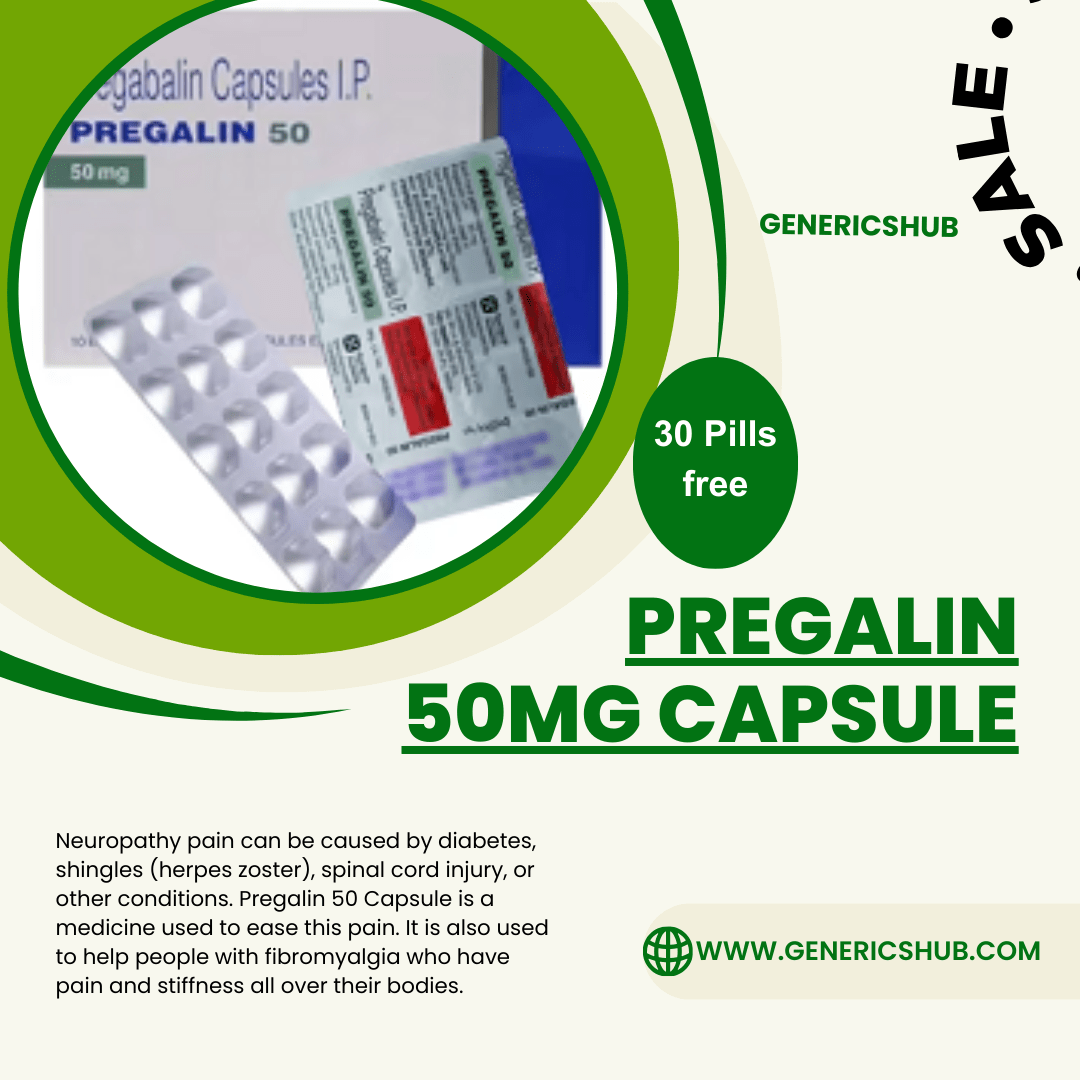Neuropathic pain presents a complex and challenging condition for both patients and healthcare providers. Understanding the underlying mechanisms, precise diagnosis, and effective management strategies are crucial in improving the quality of life for individuals experiencing this type of pain. This article explores various aspects of managing neuropathic pain, including pharmacological and non-pharmacological treatments, lifestyle modifications, and emerging therapies. By delving into the nuances of neuropathic pain management, we aim to provide insights into effective strategies and therapies for alleviating this debilitating condition.
Managing Neuropathic Pain: Effective Strategies and Therapies
1. Understanding Neuropathic Pain
Definition and Causes of Neuropathic Pain
Neuropathic pain is like that annoying neighbor who won’t turn down their music – it’s persistent, unwelcome, and can drive you up the wall. This type of pain stems from nerve damage or malfunction, causing the nerves to send faulty signals to your brain. Common causes include conditions like diabetes, shingles, and nerve compression.
Neurological Mechanisms Underlying Neuropathic Pain
Think of neuropathic pain as a glitch in the communication system of your body. When nerves misfire due to injury or disease, they can transmit pain signals even when there’s no actual injury present. This phenomenon can lead to sensations like burning, tingling, or shooting pain, making life a tad more challenging.
2. Diagnosis and Assessment of Neuropathic Pain
Clinical Evaluation and Physical Examination
Diagnosing neuropathic pain is like being a detective trying to solve a mystery – it involves a thorough clinical evaluation and physical examination. Healthcare providers rely on your descriptions of symptoms, medical history, and specific tests to pinpoint the source of your discomfort.
Diagnostic Tests and Imaging Studies
Just like how a magician pulls off tricks with smoke and mirrors, diagnostic tests and imaging studies help healthcare providers uncover the hidden secrets of neuropathic pain. Nerve conduction studies, MRI scans, and blood tests can reveal valuable insights into the underlying causes and severity of the pain.

3. Pharmacological Treatments for Neuropathic Pain
First-Line Medications for Neuropathic Pain
When it comes to tackling neuropathic pain, medications are like the superheroes swooping in to save the day. Drugs like anticonvulsants and antidepressants are commonly prescribed as first-line treatments to help calm the angry nerves and alleviate discomfort.
Second-Line and Adjuvant Medications
If first-line treatments don’t quite hit the mark, second-line medications and adjuvant therapies step in as the sidekicks to provide additional support. From opioids and topical treatments to nerve blocks and patches, these options can offer relief for persistent or severe neuropathic pain.
4. Non-Pharmacological Approaches to Managing Neuropathic Pain
Physical Therapy and Rehabilitation
Imagine physical therapy as a personal trainer for your nerves – it helps strengthen and retrain them to function better. Through targeted exercises, stretches, and techniques, physical therapy can improve mobility, reduce pain, and enhance overall quality of life for individuals with neuropathic pain.
Acupuncture and Alternative Therapies
For those seeking a more holistic approach to pain management, acupuncture and alternative therapies serve as the zen masters of pain relief. By stimulating specific points on the body or exploring practices like mindfulness and yoga, these modalities offer natural ways to soothe the mind and body amidst the storm of pain.
In the battle against neuropathic pain, understanding the enemy, seeking proper diagnosis, exploring pharmacological and non-pharmacological treatments, and arming oneself with effective strategies can pave the way towards reclaiming a sense of normalcy and well-being.
5. Lifestyle Modifications and Self-Management Techniques
Dietary Changes and Nutrition
When it comes to managing pain, what you eat can make a difference. Incorporating foods rich in antioxidants, vitamins, and minerals can help reduce inflammation and support nerve health. Omega-3 fatty acids found in fish, flaxseeds, and walnuts have anti-inflammatory properties that may benefit neuropathy symptoms. Avoiding processed foods, excess sugar, and alcohol can also help manage pain levels associated with nerve damage.
Exercise and Stress Management
Regular exercise can improve circulation, reduce inflammation, and boost mood- all of which can help alleviate pain. Low-impact activities like walking, swimming, or yoga can be beneficial without exacerbating symptoms. Stress management techniques such as mindfulness meditation, deep breathing exercises, or engaging in hobbies can also help lower stress levels, which in turn can alleviate pain.

6. Emerging Therapies and Research in Neuropathic Pain Management
Novel Treatment Approaches and Technologies
Researchers are constantly exploring new ways to manage pain. From wearable devices that deliver nerve stimulation to targeted drug therapies, there are exciting advancements on the horizon. Some innovative approaches include virtual reality for pain distraction, gene therapy to repair damaged nerves, and stem cell treatments to regenerate nerve tissue.
Ongoing Clinical Trials and Promising Developments
Clinical trials play a vital role in advancing pain management. By participating in research studies, patients can access cutting-edge treatments and contribute to the development of future therapies. Promising developments in the pipeline include biofeedback techniques for pain modulation, personalized medicine approaches based on genetic factors, and neurostimulation technologies that target specific nerve pathways. Stay tuned for the latest updates in this rapidly evolving field!In conclusion, the comprehensive approach to managing pain outlined in this article highlights the importance of personalized care and a multidisciplinary treatment plan. By combining traditional and innovative therapies, as well as empowering patients with self-management techniques, individuals living with pain can find relief and improve their overall well-being. Continued research and advancements in this field offer hope for enhanced outcomes and better quality of life for those facing the challenges of pain.






